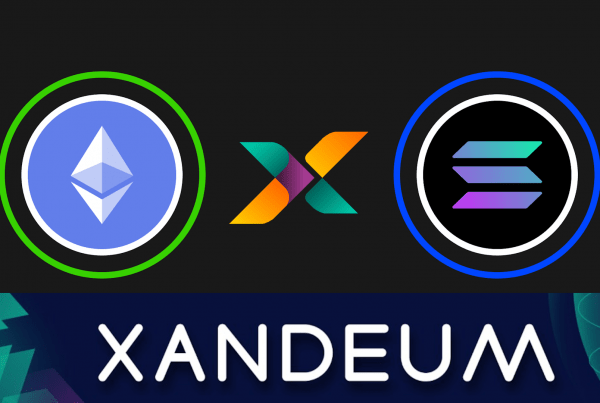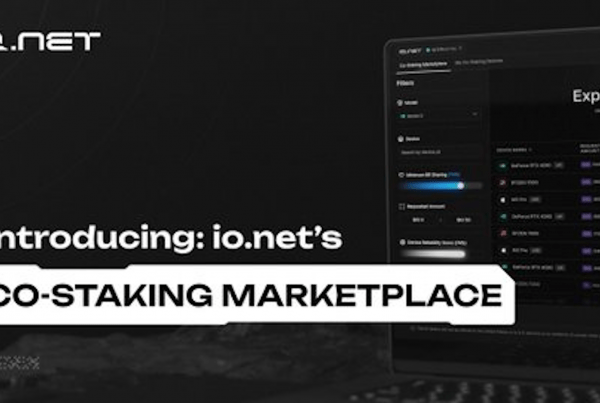Key Highlights:
- Improving Storage I/O Performance
- Optimized Merkle Proofs
- Improving Space Usage
- Interoperability Updates
The Tezos team has shared details on the latest network upgrade, which is set to further strengthen Tezos’ position as one of the top high-performance blockchain platforms. With the activation of Octez v13, Tezos can now process up to 1000 transactions per second (TPS).
In a detailed blog post on its main platform, Agora, the Tezos team explained how Irmin 3 and Octez v13 will effectively address current impediments to network performance. The coming upgrades are also set to improve the experience of Tezos developers.
Improving Storage I/O Performance
The Tezos team has been working hard on Irmin, the storage component of Octez. The team has introduced the structured keys feature, which makes it possible for the keys to retrieve data without accessing Irmin’s Index library every time.
To achieve its goals, the team has provided two indexing strategies, namely the minimal indexing strategy and the always indexing strategy. While the first strategy reduces the number of I/O calls required for blockchain operations, the second strategy reorganizes the initial indexing format for optimum performance.
With the works done in Octez v13, Tezos has reached one of its major goals of supporting up to 1000 transactions per second in the storage area. Compared to Octez 10, this is a massive 6x improvement. There is also a notable improvement in stability. The new update provides an impressive 12x improvement in the mean latency of operations.
Optimized Merkle Proofs
Tezos engineers are also working on optimizing Merkle Proofs, which is an excellent security and scalability mechanism. Used for encoding blockchain data and authenticating partial transaction states, Merkle proofs are being optimized to help save bandwidth when requesting and transmitting data.
Merkle Proofs are bound to be added to the Tezos codebase real soon. The team also informs the entire community that the Merkle proof API is used in The Rollups project. It is also expected to be part of the Jakarta protocol proposal. The API is already fixed with information from proof verifiers.
Improving Space Usage
There’s been a sustained effort to make the use of the Tezos blockchain more resource-efficient. From the detailed post published by the team, the effort has yielded impressive results.
The team has introduced a layered store feature, which basically means that it now organizes its infrastructure or Tezos node in two layers:
- Read-write layer – this layer contains the newest cycles of the blockchain, which are not final because they can be reorganized
- Read-only layer – this layer stores the older (frozen) data, which are final and cannot be reorganized
To optimize the function of the layered store feature, it is embedded with GC operation. This simply means that older cycles are periodically discarded to keep only recently used data on disk. The team worked hard on the feature in March, fixing bugs to ensure that it operates optimally, with minimal impact on the Tezos node.
Interoperability Update
This is the one that will impress Tezos developers the more – the platform is set for improved interoperability. In addition to C binding, Tezos has released Python and Rust bindings, and users can start experimenting with them right away.
With the recent upgrade, Irmin will work seamlessly with protocols that use Python and Rust. Of course, this is bound to attract a whole new audience of developers to Tezos and its products. It is also going to boost interoperability, which is really needed in the blockchain universe.



